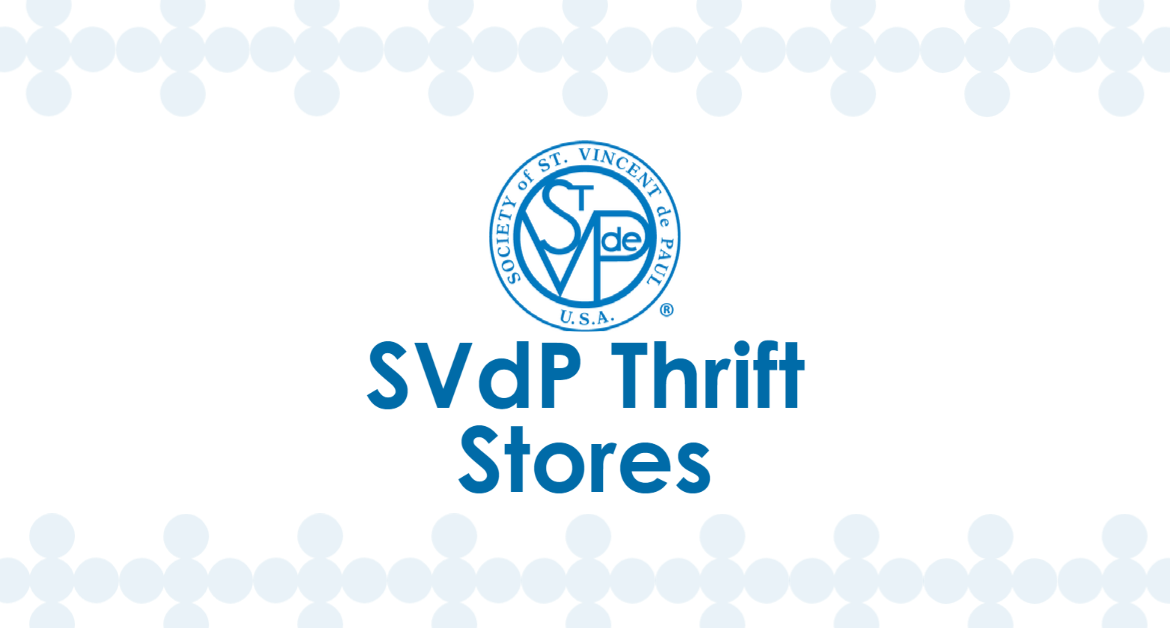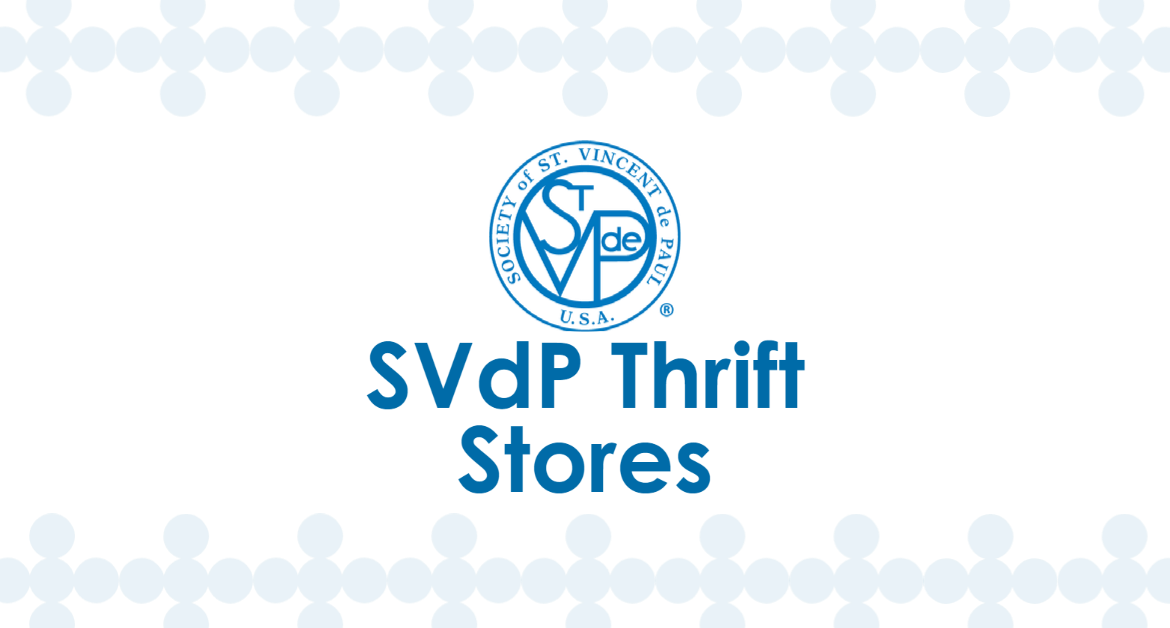What Would You Do if you Answered the Phone?
By Jeff Beamguard, National Director of Stores Support
 What would you do if you answered the phone and a “Neighbor in Need” said, “I need water”? I was stunned and asked if she could be more specific. An elderly female voice replied, “I’m thirsty and need water. I can’t drink the tap water because it tastes like metal.”
What would you do if you answered the phone and a “Neighbor in Need” said, “I need water”? I was stunned and asked if she could be more specific. An elderly female voice replied, “I’m thirsty and need water. I can’t drink the tap water because it tastes like metal.”
Now in most cases when I get a call from someone needing assistance, I refer them to St. Thomas Aquinas Church or the Resource Center at the SVDP Phoenix Campus, but this call hit my heart and soul. I told her that I would buy a couple of cases of bottled water and bring it to her house on my way home. I asked the Production Manager Yadira at the National Store in Avondale to come along with me. The two of us went to the house and asked for Nina. A voice inside the house said she was not home but would be back later. We asked if we could come in and the man behind the metal screen door was reluctant and wanted to know who we were and why were we there. He said he did not trust anyone he did not know. We finally convinced him that we were there because Nina had asked us for help and we had some bottled water for her. We found out that John who let us in the house was Nina’s son. John lived there with his mother and was dressed in dirty ripped up clothing from a job he had just returned home from.
The house was in disarray, and we noticed there was no air conditioning or a working refrigerator in the house. On this day the outside temperature in Phoenix was 108 degrees and my guess was that the inside temperature of the house was over 90 degrees. John told us that the A/C had gone out last summer along with the refrigerator. They were using a small mini freezer on the floor that had two bags of ice in it and another mini fridge with only enough food in it for a couple of days. There was also a Coleman cooler that contained a small amount of lunch meat, bread, and condiments. John told us that they were living off Nina’s social security income and odd jobs he could get, and they didn’t have the money to fix the refrigerator or the A/C. I called Nina, who was at her daughter’s house, to see if we could come by the next day to talk and she agreed.
Yadira and I called Nina the next morning to see if she was home and asked if we could come over. She said, yes of course, and thanked me for the water. When we got to the house, Nina, who was a very petite woman, greeted us with open arms and said she didn’t think I would follow through on bringing her the water. As we talked, I inquired about her life. She told me she was born in Mexico and moved to California as a small girl with her mother and father. Nina’s family (husband, daughter and two young boys) wanted to leave southern California for a better life for her kids in Arizona so they sold their home in Los Angeles and with the proceeds paid cash for their new home in 2000. Tough times hit the family immediately after getting to Phoenix when her husband and oldest son got cancer at the same time and died shortly afterward. Nina, now 87 years old, has tried to hold together what was left of her family since then.
I got permission from my supervisor to help Nina and her family, and then I went to Home Depot and ordered a new refrigerator and giant swamp cooler (a portable and efficient cooling system for space in the home).
I set the delivery and installation of the refrigerator and cooler for the next day. Our store drivers showed up to remove the old refrigerator and the Home Depot drivers came soon afterward to install the new refrigerator and hook up the cooler. Nina kept asking me why we were doing all of this for her! I told her because it was what Saint Vincent de Paul does for our neighbors in need. She called all of the SVDP staff “angels” repeatedly.
As we were filling the swamp cooler with water to start cooling down the house, Yadira filled a one-gallon pitcher from the sink, and we saw the brown colored water coming out of the tap that Nina described as not drinkable. After letting the water run for 5-6 minutes the water became clear again. We’re not sure why the water got that way, but it probably was the result of the city flushing the pipes in her area.
In less than an hour, Nina and her son had a working refrigerator that came with a water filter so Nina could get fresh ice and water, and a swamp cooler to lower the inside temperature of the house to a tolerable temperature. On our way out of the house Nina continued to hug all the SVDP staff and thank all of us repeatedly. We also brought 5 pairs of shorts and tops for John from the thrift store and said we hoped this would be enough clothing so he could replace the tattered clothing he was wearing. This is when we found out their washing machine had also quit working! Are you kidding me?
As I was telling this story to one of our long time Vincentian volunteers, she immediately offered to buy Nina a new washer! We went back to Home Depot to pick out a washer and our store drivers delivered and installed the new washer for Nina.
Nina asked if it was ok if she could call me occasionally and I said of course she could. She did call me a couple of weeks later and told me she still could not believe why we helped her but wanted me to know how much she appreciated what we did for her family. She said everything was working so perfectly, something many of us take for granted!









